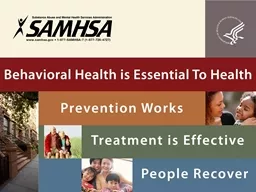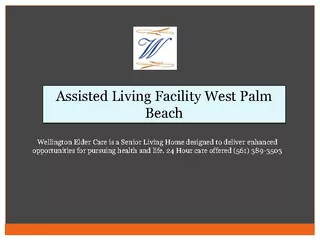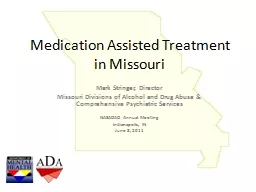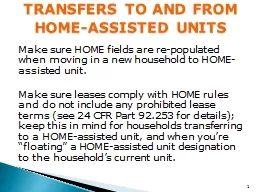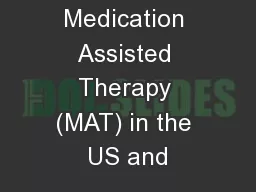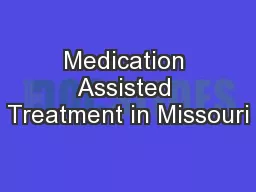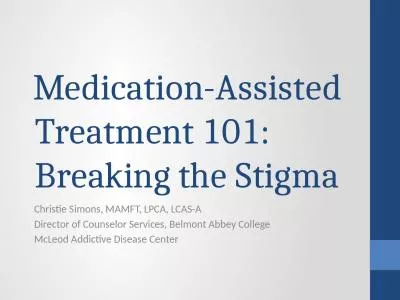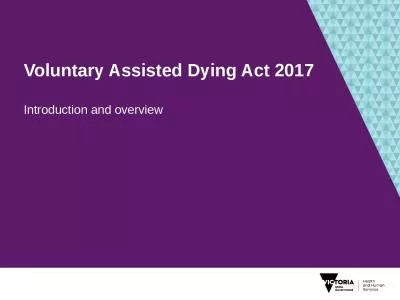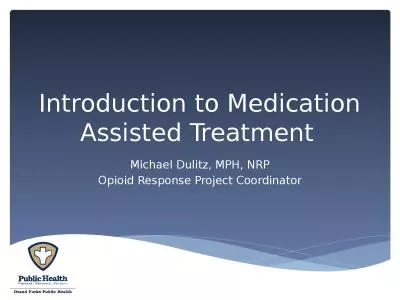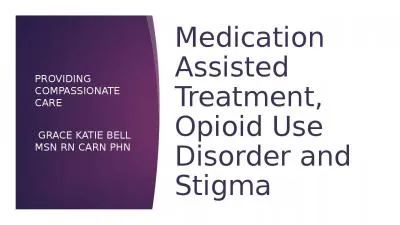PPT-Introduction to Providing Medication Assisted Treatment through Medication Units
Author : ellena-manuel | Published Date : 2018-10-30
Wilma Townsend DPT Team Leader November 20 2014 Objectives 1 increase the fields knowledge of medication units and their usefulness and barriers to implementation
Presentation Embed Code
Download Presentation
Download Presentation The PPT/PDF document "Introduction to Providing Medication Ass..." is the property of its rightful owner. Permission is granted to download and print the materials on this website for personal, non-commercial use only, and to display it on your personal computer provided you do not modify the materials and that you retain all copyright notices contained in the materials. By downloading content from our website, you accept the terms of this agreement.
Introduction to Providing Medication Assisted Treatment through Medication Units: Transcript
Wilma Townsend DPT Team Leader November 20 2014 Objectives 1 increase the fields knowledge of medication units and their usefulness and barriers to implementation 2 demonstrate how medication units increase treatment capacity and access to care . Advantage has earned a reputation for honesty and integrity in providing the personal services that you need to stay in your home and remain independent. By providing only the assistance you need, we are the affordable alternative to nursing home institutional services. 5 033 210 140 420 280 10 066 220 1466 430 2866 15 10 225 150 435 290 20 133 230 1533 440 2933 25 165 235 1566 445 2966 30 20 240 160 450 300 40 266 250 1666 460 3066 45 30 255 170 465 310 50 333 260 1733 470 3133 60 40 270 180 480 320 70 466 280 1866 Our care center for seniors is unique in the area. Our residents have the opportunity to enjoy their own private room with all the necessary accommodations to receive the individual long term care they deserve. Terrence . D Walton, MSW, ICADC. Process. Full Continuum of Care. Adequate Duration. Sufficient Intensity. Stage of Recovery-based Design. Policies & Procedures. Team Interactions. Evaluation. Practice. Mark Stringer, Director. Missouri Divisions of Alcohol and Drug Abuse & Comprehensive Psychiatric Services. NASADAD Annual Meeting. Indianapolis, IN. June 8, 2011. Medication Assisted Treatment Timeline. Make sure leases comply with HOME rules and do not include any prohibited lease terms (see 24 CFR Part 92.253 for details); keep this in mind for households transferring to a HOME-assisted unit, and when you’re “floating” a HOME-assisted unit designation to the household’s current unit.. Worldwide. hams.cc/methadone.pptx. Kenneth Anderson. HAMS. Opioid Substitution Therapy (. OST. ) Worldwide. Yes. No. Four countries have no data: Western Sahara,. South Sudan, North Korea, and Greenland. Anne Ray. September 8, 2016. Rental Market Study Organization. Statewide Trends. Core Needs Assessment. County Size. Household Size. Elders. Affordable/Available Units. Demographic Reports. Homeless. Mark Stringer, Director. Missouri Divisions of Alcohol and Drug Abuse & Comprehensive Psychiatric Services. NASADAD Annual Meeting. Indianapolis, IN. June 8, 2011. Medication Assisted Treatment Timeline. 1. Presented by: Elizabeth Siccon. e. Therapy?. 2. What is AAT. . Animal. -assisted therapy (AAT) is formally defined by the Delta Society as “a goal- directed intervention in which an animal that meets specific criteria is an integral part of the treatment process” . Breaking the Stigma. Christie Simons, MAMFT, LPCA, LCAS-A. Director of Counselor Services, Belmont Abbey College . McLeod Addictive Disease Center . Medication-Assisted Treatment. Introduction . Common Myths?. Introduction and overview. Introduction . The Voluntary Assisted Dying Act 2017 was passed by the Victorian Parliament on 29 November 2017.. The Act will commence operation on 19 June 2019.. The Act followed two years of consultation and development, and reflects a balance between giving people choices at the end of their life and ensuring community safety. . Michael Dulitz, MPH, NRP. Opioid Response Project Coordinator. Foundation. Addiction is a . chronic relapsing brain disease . characterized by compulsive use of a substance despite negative consequences. Providing Compassionate care. Grace Katie Bell MSN RN CARN PHN. Chapa-De Medication Assisted Treatment –one program, two sites. Our Team. Annie . Mascorro. – RN Case Manager . Auburn. Katie Bell - RN Case Manager .
Download Document
Here is the link to download the presentation.
"Introduction to Providing Medication Assisted Treatment through Medication Units"The content belongs to its owner. You may download and print it for personal use, without modification, and keep all copyright notices. By downloading, you agree to these terms.
Related Documents

